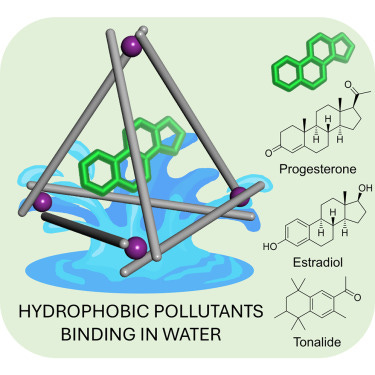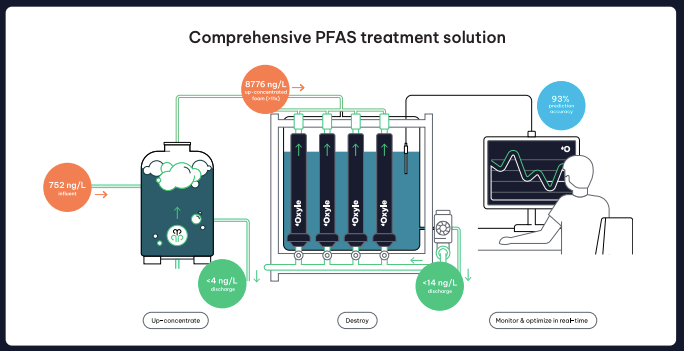#248 - Foam Fractionation, Diatomaceous Earth, Molecular Cages & California Storms
Water Water Everywhere...
Hey Readers,
This week we thought we’d start with the one news story before diving into the technology innovations. Little bits of change are always good!, so let’s get into it.
Leveraging winter storms to replenish groundwater
In anticipation of a multi-day, significant atmospheric river in Northern California, Governor Gavin Newsom today issued an executive order that would make it easier to divert and store excess water from incoming winter storms. These actions will help California replenish above-ground and groundwater storage that remains depleted in many parts of the state following multi-year droughts. While there are justifiable fears about the rains causing mudslides, we believe the key point here is - Mother Nature is fixing itself with heavy rains after devastating forest fires. Let’s hope California’s man-made infrastructure can keep up.
Molecular cages for contaminants
Scientists from The University of Manchester have developed a new material using a molecular structure called a metal-organic cage (MOC). The cages are made up of metal ions connected by organic molecules, forming a hollow pyramid-like structure. These hollow spaces at the center of these structures are where the MOCs trap specific molecules, like pollutants or gases. In this case, their structure incorporates chemical groups called sulfonates to make it compatible with water. Then using a natural effect called hydrophobic binding, where contaminant molecules preferentially "stick" to the inside of the cage rather than staying in the water.
This allows the material to selectively capture and hold pollutants, even in challenging water environments. Now, the researchers will look to further expand the water-soluble cages, to enable capture of more and different contaminants, and are working towards the development of robust routes to recycling the cages to support their development as sustainable water purification aids.
Researchers at the University of Duisburg-Essen have now developed a new method for purifying polluted water - Diatoms. As the researchers say - Diatoms are microscopic single-celled organisms that live in water and possess a cell wall made of silica (silicon dioxide). Thanks to its porous structure, it can absorb a wide variety of pollutants. More frequently these diatoms are fossilized into a more commonly used substance - diatomaceous earth, which has a variety of use cases.
In the lab the researchers tested diatom shells on two persistent pollutants commonly found in rivers and groundwater due to the textile industry: methylene blue and methyl orange. To enhance the adsorption capacity, the diatomaceous earth was chemically modified by adding specific functional groups to its surface. When compared to similar systems built on silica as the base materials the diatomaceous earth was found to have a better removal efficiency of the contaminants than the silica-based solution. Time will tell how this can be scaled up or expanded to more types of contaminants.
Foam Fractionation + Catalytic destruction of PFAS
A Swiss startup has started to scale its breakthrough solution to destroy PFAS from wastewater. Their solution? - a combination of foam fractionation, catalytic destruction, and real-time monitoring powered by machine learning. They use foam fractionation and nanofiltration to concentrate and extract out the PFAS in the water. They then treat the PFAS with a proprietary catalyst that (we assume) breaks the all-important fluoride bond to make imminently disposable non-toxic compounds.
Understandably, with a solution in the early stages of deployment, they’re quiet about their proprietary technology, but early client trials have shown upto 93% efficiency at removal of PFAS completely. They go on to say that their system's three-stage process all housed in a modular system that eliminates the need for secondary waste disposal through incineration or landfilling. Onwards and Upwards we say!
That is it for this Friday, until next week,






